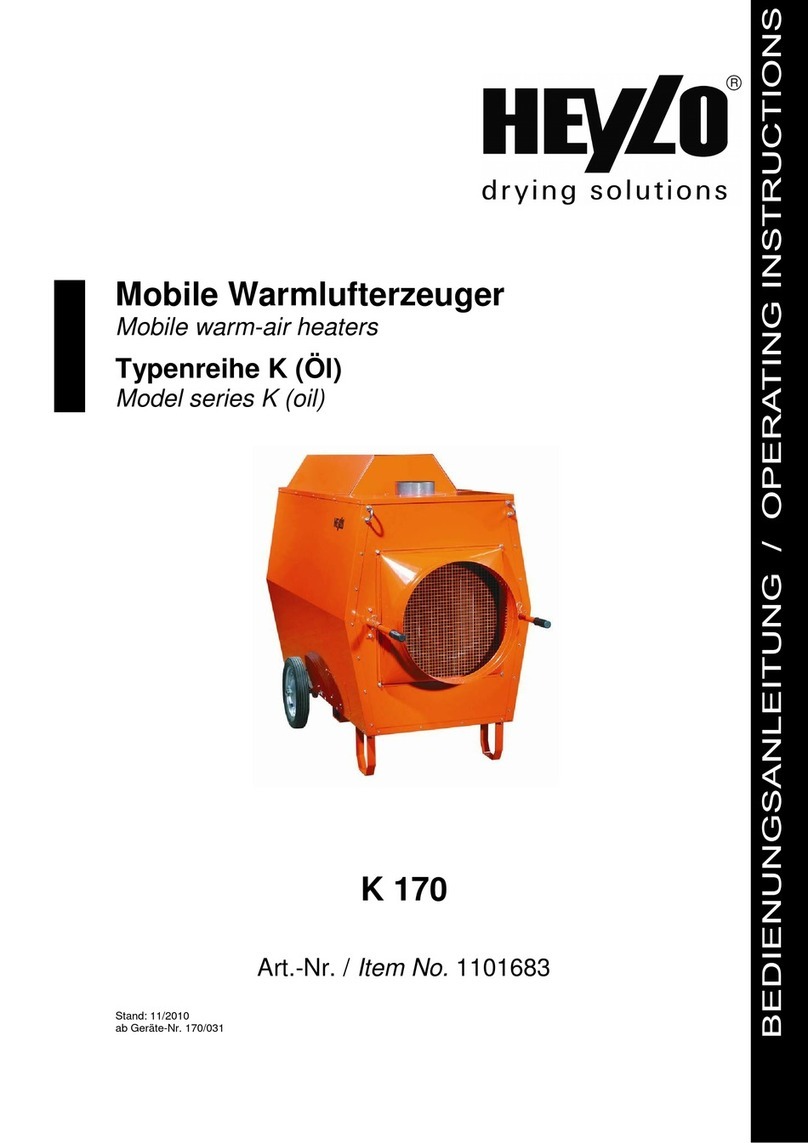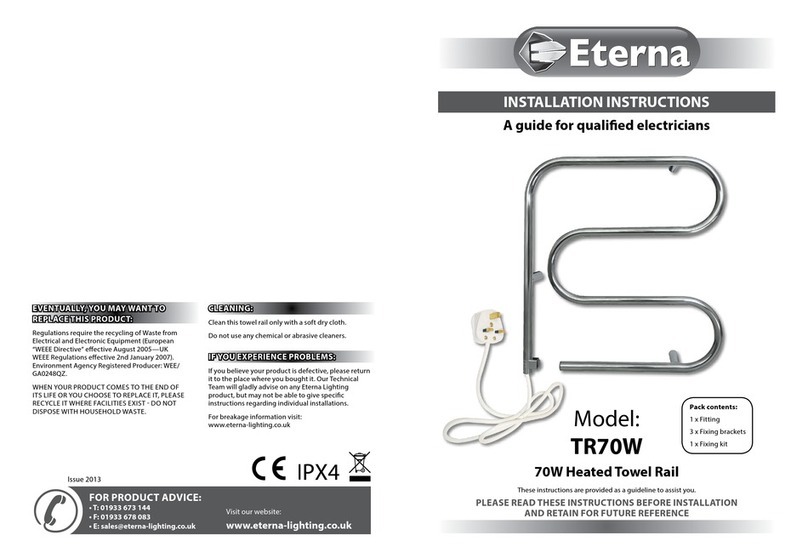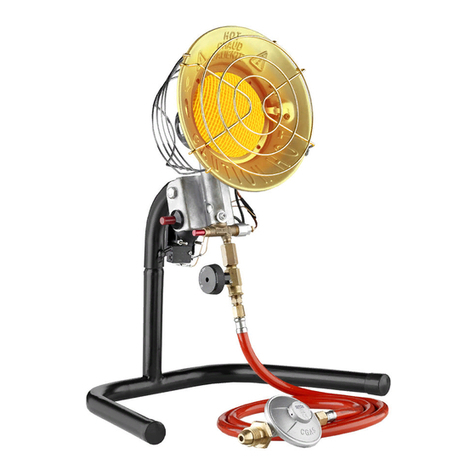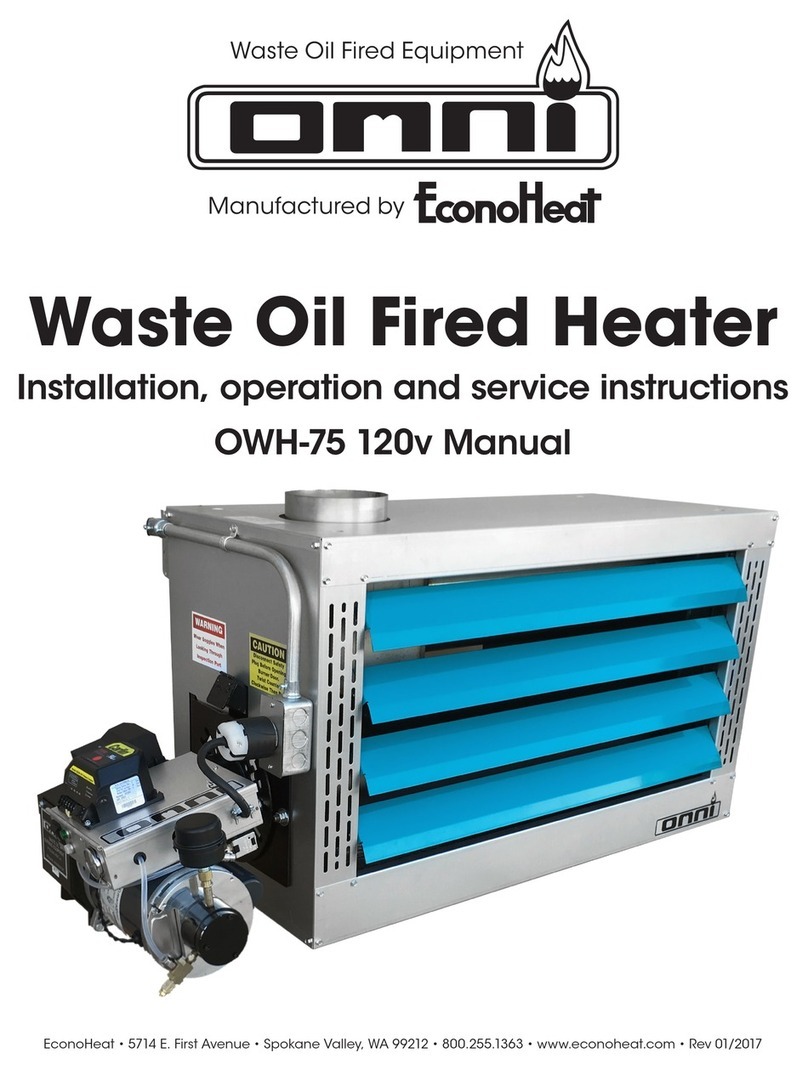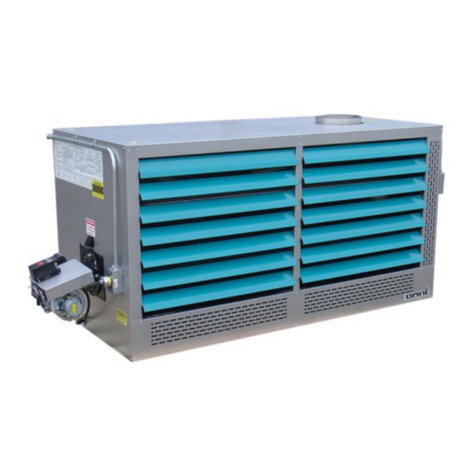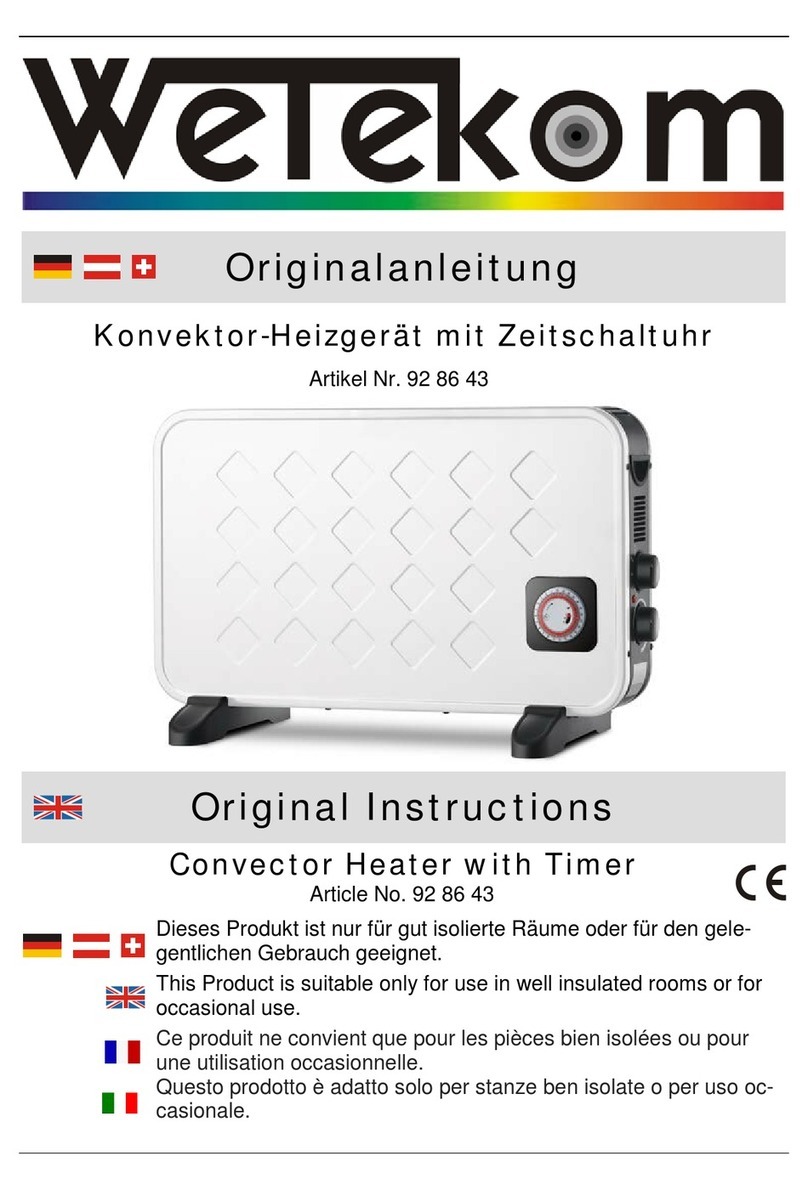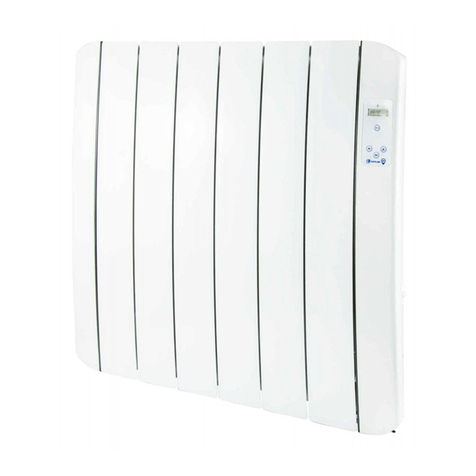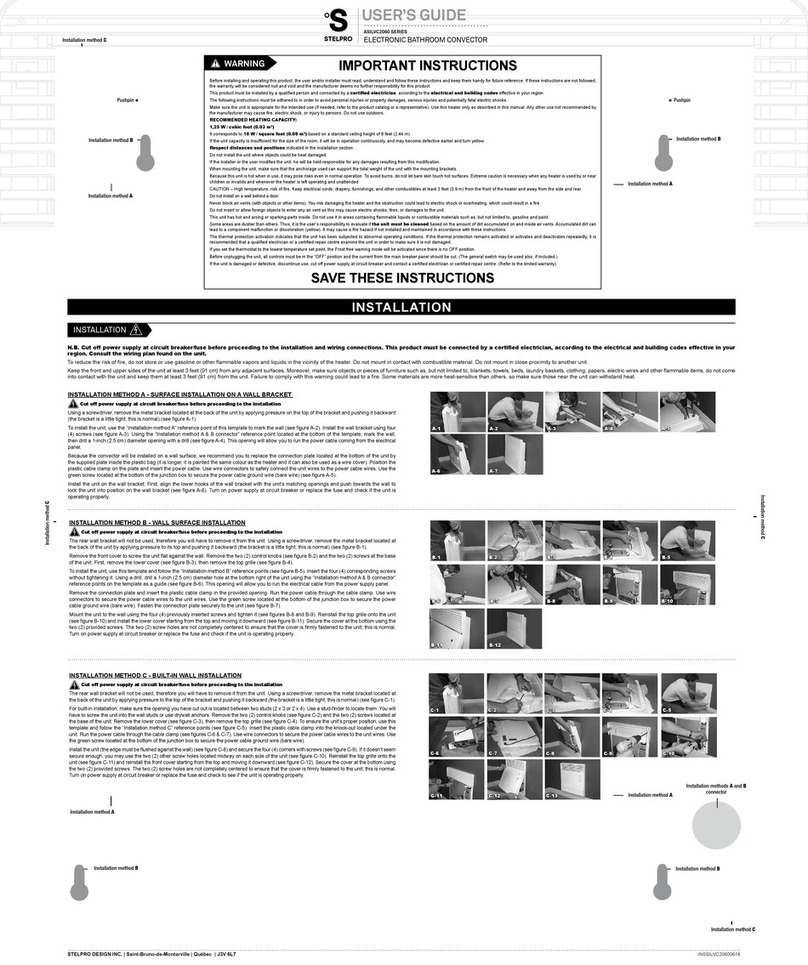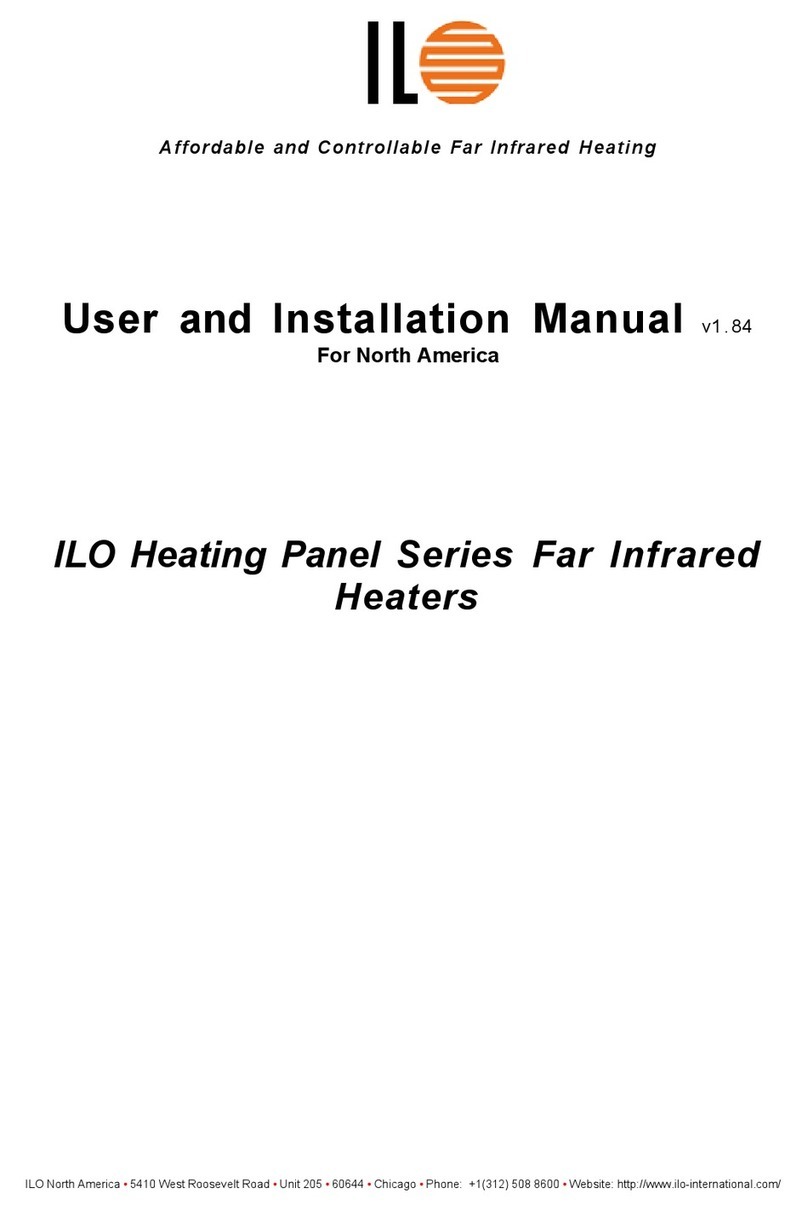
2 Operation, and Service Instructions
PRECAUTIONS
Waste oil may contain many foreign materials. Waste oil may also contain
gasoline. Therefore, specific precautions on the handling and storage of waste
oils are to be observed when using, cleaning and maintaining this heater. Use a
screen in a funnel when pouring oil into storage tank to catch foreign
material, i.e., gasket material and sealant fibers, etc. WARNING: This
appliance is not designated for use in hazardous atmospheres containing
flammable vapors or combustible dust, or atmospheres containing
chlorinated or halogenated hydrocarbons. Do not expose this unit to rain
or moisture. If installed in high moisture atmosphere, a special cover for
the integrated air compressor must be obtained from factory to avoid
rusting of internal raw metals. If this occurs, see trouble-shooting guide for
remedy. Uses only crank case oil, gear oil, hydraulic oils, auto trans. Fluid or #1
and #2 furnace oil. Do not use old, contaminated oils that have been stored in
underground tanks or outside barrels for long periods. Excessive water and
sludge may be present, causing quick filter plugging.
NOTES: The instructions contained in this manual apply to the operation and
service of Omni Waste oil fired mobile radiant heaters. The following instructions
should be carefully followed for obtaining the best possible installation, operation
and service conditions. Specifications are subject to change without notice. This
heater was designed to be an auxiliary heat source and provide economical
disposal of waste oil. Proper operation depends on the consistency of the oil. Any
water or foreign material in the oil may cause the unit to shut down. If a
continuous stream of oil cannot be guaranteed at the heater, the main heating
system should be set above freezing which will prevent any building damage if
the waste oil heater were to overcome inoperative during subfreezing weather,
i.e. supply tank empty, filter plugged, etc.
UNCRATING: Immediately upon uncrating units, check the unit for any damage
that may have been incurred in shipment, if any damage is found, file a claim
with the transporting agency. The unit has been tested and inspected at the
factory prior to crating and was in perfect condition at that time. If anything is
missing check packing slip for indications of possible backorder of those parts or
components. Otherwise a claim must be for those missing parts.








